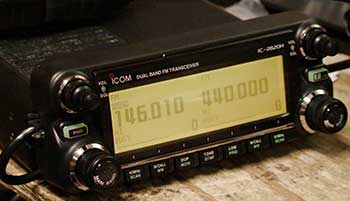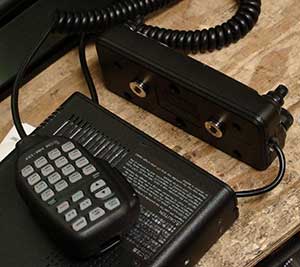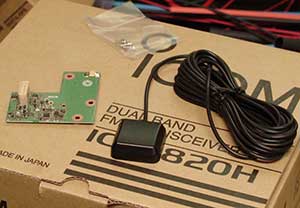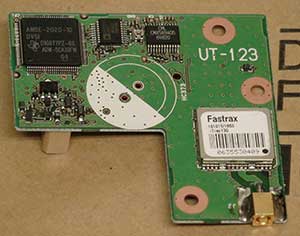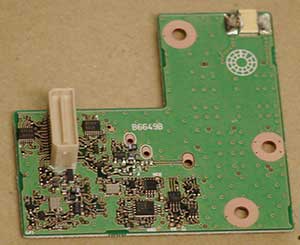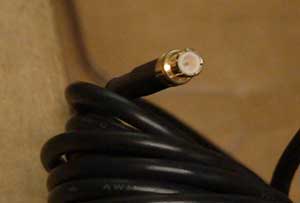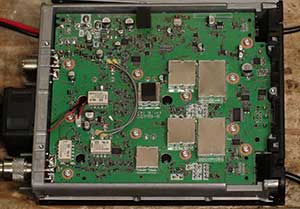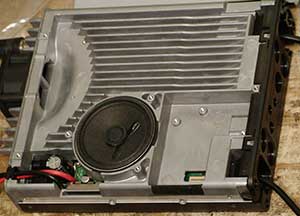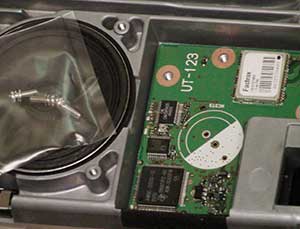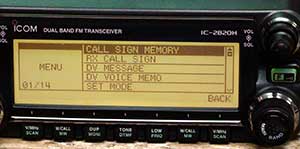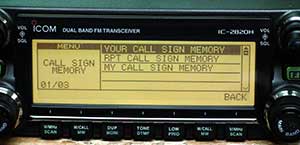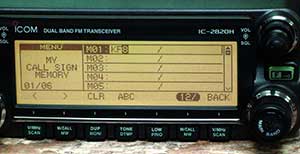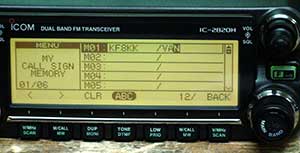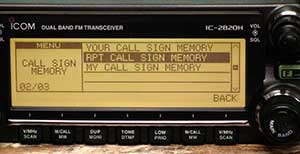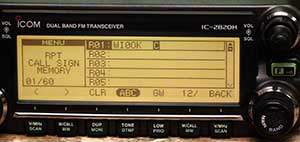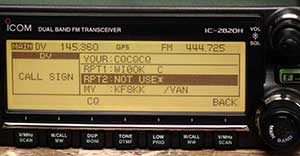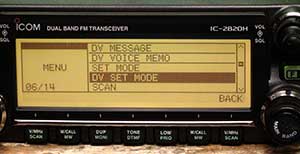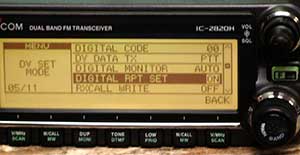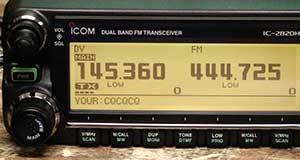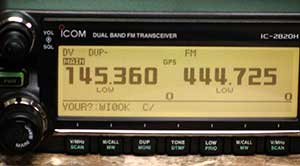
John Martins' |
||||||||||||||||||||||
|
Other Useful Pages:
|
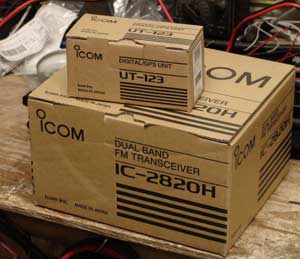
The Icom IC-2820 is right up there with the Kenwood TMD700A as being a swell radio to have. Many hams cannot seem to understand why some of us will swoon over dualband transceivers that cost hundreds more than simpler models, and insist on being able to listen on more than one frequency at a particular time (often with two conversations blaring from the speakers at the same time). I've had my IC-2820 for over a year now and I'm very pleased. I use it on analog and DStar voice. I also enjoy the diversity reception mode-- which is helpful when I'm amongst trees and hills. I have not made use of the GPS for anything, nor have I used the slow-speed-data modes. I have had the occasion to set the unit up for crossband repeat, which functions fine-- but it only works in Analog (no, you cannot use it to gateway from analog to digital!). If I had any complaint it would be that the display could be brighter and with more contrast. I've been spoiled by the EXCELLENT display on the ID800-- which is the best LCD display I've ever seen. Sadly, the Icom microphones can develop an insensitive PTT button that requires a heavy push. The audio from the mic is also highly shaped and while the speech is highly intelligible, it's very definitely NOT 'hi-fi'. |
|||||||||||||||||||||
|
||||||||||||||||||||||
ver 8/08

